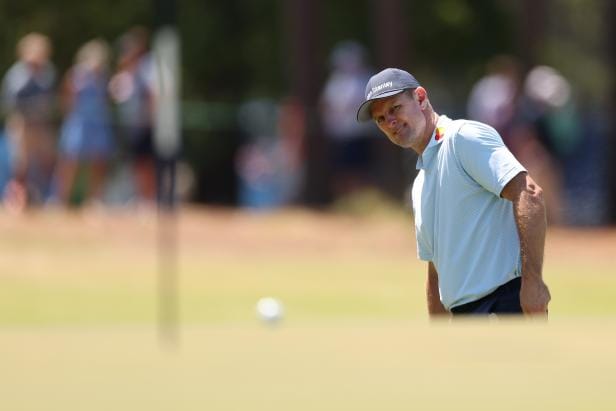The U.S. Open at Pinehurst No. 2 is all about risk management and strategic decision-making. Players must choose the least stressful shot with the best chance of a positive outcome in order to succeed. This involves understanding when to be aggressive or conservative, as Tiger Woods has demonstrated throughout his career. The key is to focus on execution rate – how successful a shot would be if attempted multiple times.
One challenging shot at Pinehurst No. 2 involves hitting a chip or pitch from an into-the-grain lie to a small target. The domino effect of making good decisions can lead to less stress over 72 holes, making a player fresher and more resilient on Sunday afternoon. It is important to make consistently good decisions to avoid unnecessary drama and maintain composure throughout the tournament.
The ability to make smart, low-risk decisions is what sets great players apart. While heroic, low-percentage shots are exciting, consistently hitting fairways and greens is what leads to success. Players on the PGA Tour have the ability to hit the ball further or be more aggressive, but they choose to play strategically to minimize risk. The key is to play within your capabilities and work with your tendencies rather than relying on outlier shots.
In golf, different situations require different strategies. Players must adjust their game plan based on the course and the tournament format. Understanding when to be aggressive and when to play it safe is crucial to achieving success. By de-risking before hitting shots and planning strategically, players can improve their scores with the skills they already possess.
Overall, the U.S. Open at Pinehurst No. 2 is a test of patience and decision-making under pressure. Players must focus on executing shots with a high success rate and avoid unnecessary risks. By making smart choices and playing within their capabilities, golfers can navigate the challenging course and achieve success in this prestigious tournament.


